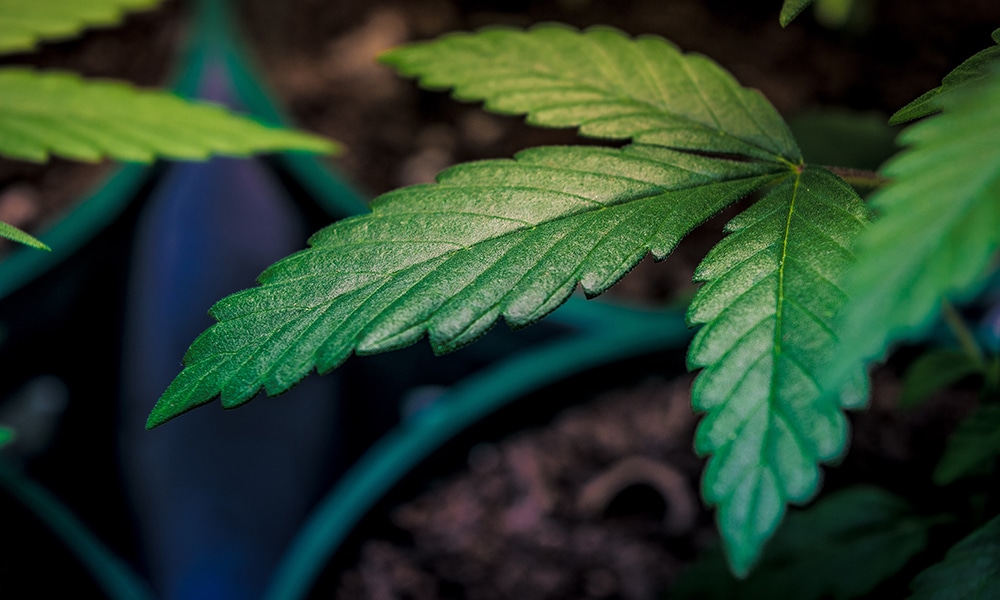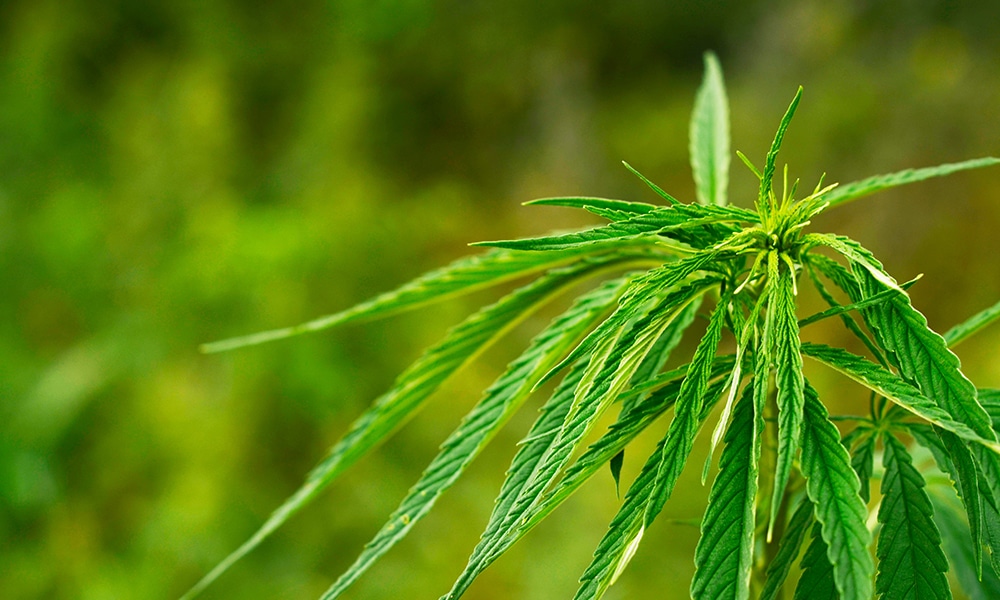When it comes to cannabis, the flowers get the most attention. They’re the prized portion of the plant that contains the beneficial compounds you seek. Even so, every part of the cannabis plant plays an essential role. The following is a guide to help you understand a bit more about cannabis plant anatomy.
Roots
The roots are the base of the cannabis plant. They’re what anchor the plant to the ground. They’re also the part that absorbs water and essential nutrients to keep the plant healthy.
Stem and Branches
The cannabis plant has a long, skinny stem that grows upward. It provides structure and support for the branches, leaves, and flowers. Branches grow off of the stem at points called nodes. They start at the base of the plant and continue to the top. They also contain xylem, which transports water to the leaves and flowers of the plant.
Leaves
Fan Leaves
The fan leaves are possibly the most iconic part of the cannabis plant. They’re also the largest ones. They grow off of the branches, collecting sunlight for photosynthesis while also protecting delicate buds from getting burnt.
The leaves also act as a health indicator. Signs of wilting, curling, or discoloration tell growers that the plant is lacking nutrients or needs more water.
Sugar Leaves
Along with the fan leaves, the cannabis plant also has sugar leaves. These are the leaves that protrude from the flowers. Like the fan leaves, they collect sunlight for photosynthesis. Some cannabis plants have very few, while others have many.
Flowers
The cannabis flowers, which grow on the female plants, are the most sought-after part. They contain the cannabinoids, flavonoids, and other beneficial compounds that medical and recreational users alike seek. Their main function is to produce seeds. The buds that you use, however, never get pollinated.
Pistils
The pistils are the sex organs of the female cannabis plant. They’re the tiny, hair-like structures you see covering the buds. Their main function is to collect pollen from male plants. Their color indicates the maturity of the plant, and let growers know when it’s time to harvest.
Contrary to what many might say, the pistils do not play any role in THC production, nor does their abundance indicate bud quality.
Calyx
The calyx consists of teardrop-shaped folds at the base of the flower. These “leaves” have resin glands on them that produce trichomes. The main job of the calyx is to protect the reproductive organs of the plant. One the plant begins to mature, the folds peel back. If the flower becomes fertilized, the structure then becomes the “incubator” for the seeds.
Trichomes
The trichomes are the smallest part of the cannabis plant. At first glance, they look like a crystalline coating that covers the flowers. They’re also present on the leaves.
Trichomes are part of the cannabis plant responsible for the effects you feel. They contain cannabinoids, terpenes, flavonoids, and other desirable compounds. Like the pistils, trichomes also indicate the maturity of the plant. Transparent trichomes show a young plant, while those that are opaque or milky in appearance let growers know it’s time to harvest the buds.
Every part of the cannabis plant plays an essential role in the growth of the highly sought-after flowers. Whether you’re interested in growing a plant at home or you want to learn a bit more about the plant itself, understanding its anatomy can help you to gain a deeper appreciation of your favorite strains.


